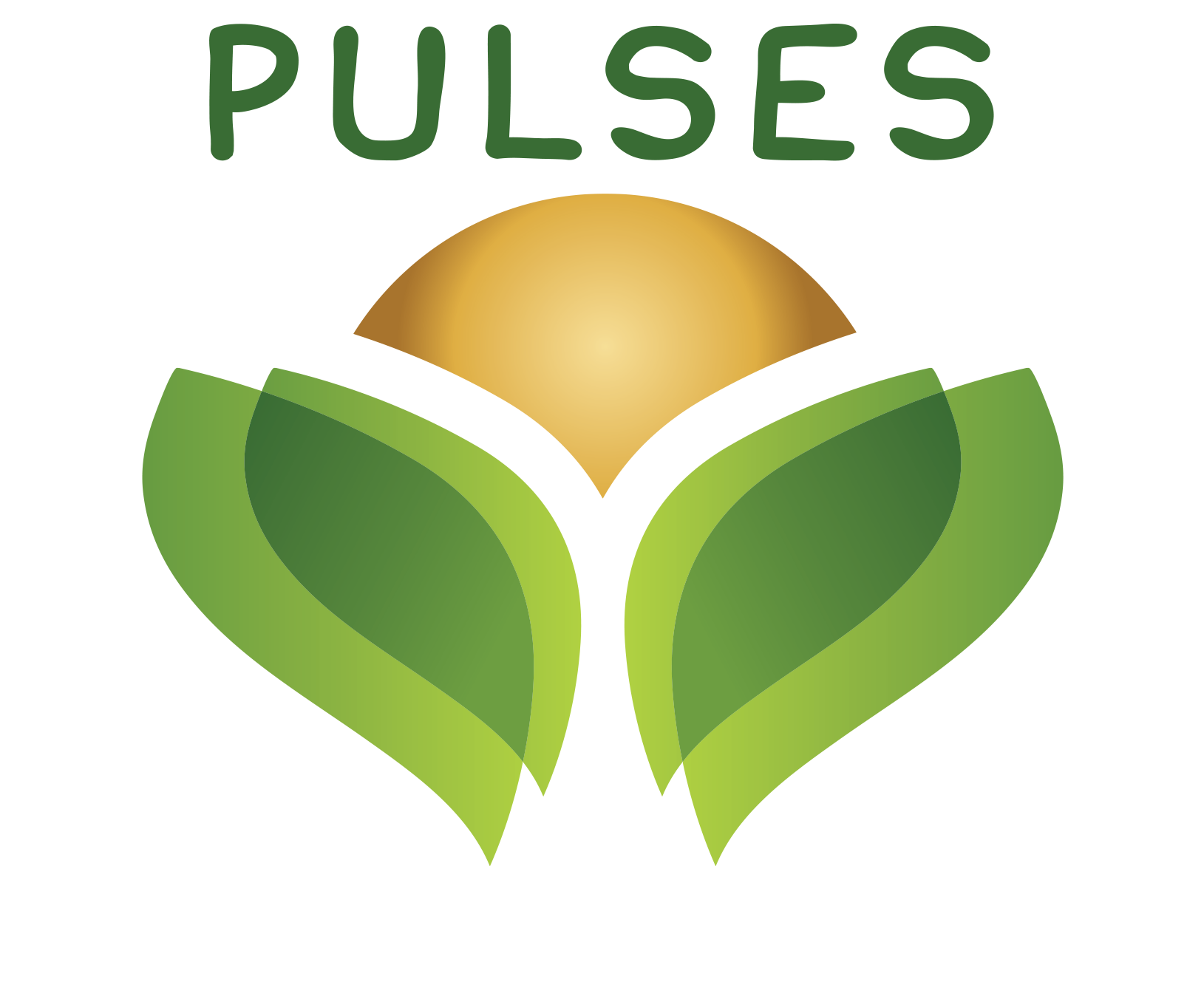Defining Legumes and Pulses
“Legumes” are defined as plants whose fruit is enclosed in a pod. The Food and Agriculture Organization (FAO) of the United Nations defines “pulses” as annual leguminous crops yielding from 1 to 12 grains or seeds of variable size, shape and colour with the seeds enclosed in a pod. Pulses are used for both food and feed. The term “pulses” is limited to crops harvested solely as dry seeds, thereby excluding crops harvested fresh or in an immature state for food (green peas, green beans, etc). These fresh legumes are classified as vegetable crops. The FAO’s definition of pulses includes 11 pulse types as outlined below (Source: “pulses and derived products” http://www.fao.org/es/faodef/fdef04e.htm).
Although the term “pulses” is not well-known in all areas of the globe, it is commonly used in some parts of the world. The United Nations declaration of 2016 as the International Year of Pulses is an indication of recognition for this food category at an international level. For the purpose of the Pulse Brand, pulses are characterized by the FAO’s definitions.
Defining Pulses

Attributes of Pulses
Nutrition:
Pulses are an excellent source of protein. They contain two to three times more protein than cereals such as wheat, corn and rice. Pulses are low in fat, which is unique compared to most protein rich foods. Pulses are high in both soluble and insoluble fibre, which assists with digestion and regularity. Pulses deliver high levels of potassium, magnesium, zinc, B vitamins and iron1.
Although the term “pulses” is not well-known in all areas of the globe, it is commonly used in some parts of the world. The United Nations declaration of 2016 as the International Year of Pulses is an indication of recognition for this food category at an international level. For the purpose of the Pulse Brand, pulses are characterized by the FAO’s definitions.
Health:
Eating pulses can help maintain good health. Health organizations around the globe focused on diabetes, heart disease and cancer promote pulse consumption as part of healthy diets for reducing the risk of these chronic diseases. Decades of clinical research have shown that eating pulses can help manage blood sugar levels and can contribute to reduced cholesterol and blood pressure. Maintaining blood sugar and cholesterol levels within the normal ranges can greatly reduce the risk of developing diabetes and heart disease2. A combination of high protein and high fibre in pulses make them an important food to contribute to weight management in addressing obesity.
Sustainability:
Pulses are sustainable crops that can be grown for both human and animal consumption3. Pulses have a low carbon footprint4 and require less nitrogen fertilizer than other crops. As pulses are part of the legume family, they have an ability to utilize soil bacteria to draw nitrogen from the air. This natural process reduces the need to add nitrogen fertilizers when growing pulse crops. Since greenhouse gas emissions related to crop production are largely driven by nitrogen fertilizers, nitrogen-fixing pulse crops have a lower carbon footprint than many annual crops.
Pulses also help to enrich the soil by boosting beneficial soil bacteria and fungi. Pulses produce a number of compounds which encourage the growth and diversity of soil microbial populations. These microorganisms improve soil health, which benefits other crops such as wheat, that are grown in rotation.
Pulses are also a water efficient source of protein, requiring between 1/10 and ½ the water of other sources of protein5. Many pulse types, like lentils, chickpeas, cow peas and pigeon peas are resistant to drought, which helps farmers produce nutritious food in semi-arid regions of the world.
Footnotes:
- Mitchell, D, Lawrence, F, Hartman, T, Curran, J. Consumption of Dry Beans, Peas, and Lentils Could Improve Diet Quality in the US Population. JADA. 109 (5): 909-913.
- Curran, J. The nutritional value and health benefits of pulses in relation to obesity, diabetes, heart disease and cancer. BJN 108 (Suppl 1): S1-S2.
- Durk Nijdam, Trudy Rood, Henk Westhoek, The price of protein: Review of land use and carbon footprints from life cycle assessments of animal food products and their substitutes, Food Policy. 37 (6): 760-770. December 2012.
- Hoekstra, A.Y. and Chapagain, A. 2008. Globalization of Water: Sharing the Planet’s Freshwater Resources. Wiley-Blackwell.
- Mekonnen and Hoekstra, 2012, A global assessment of the water footprint of farm animal products.


